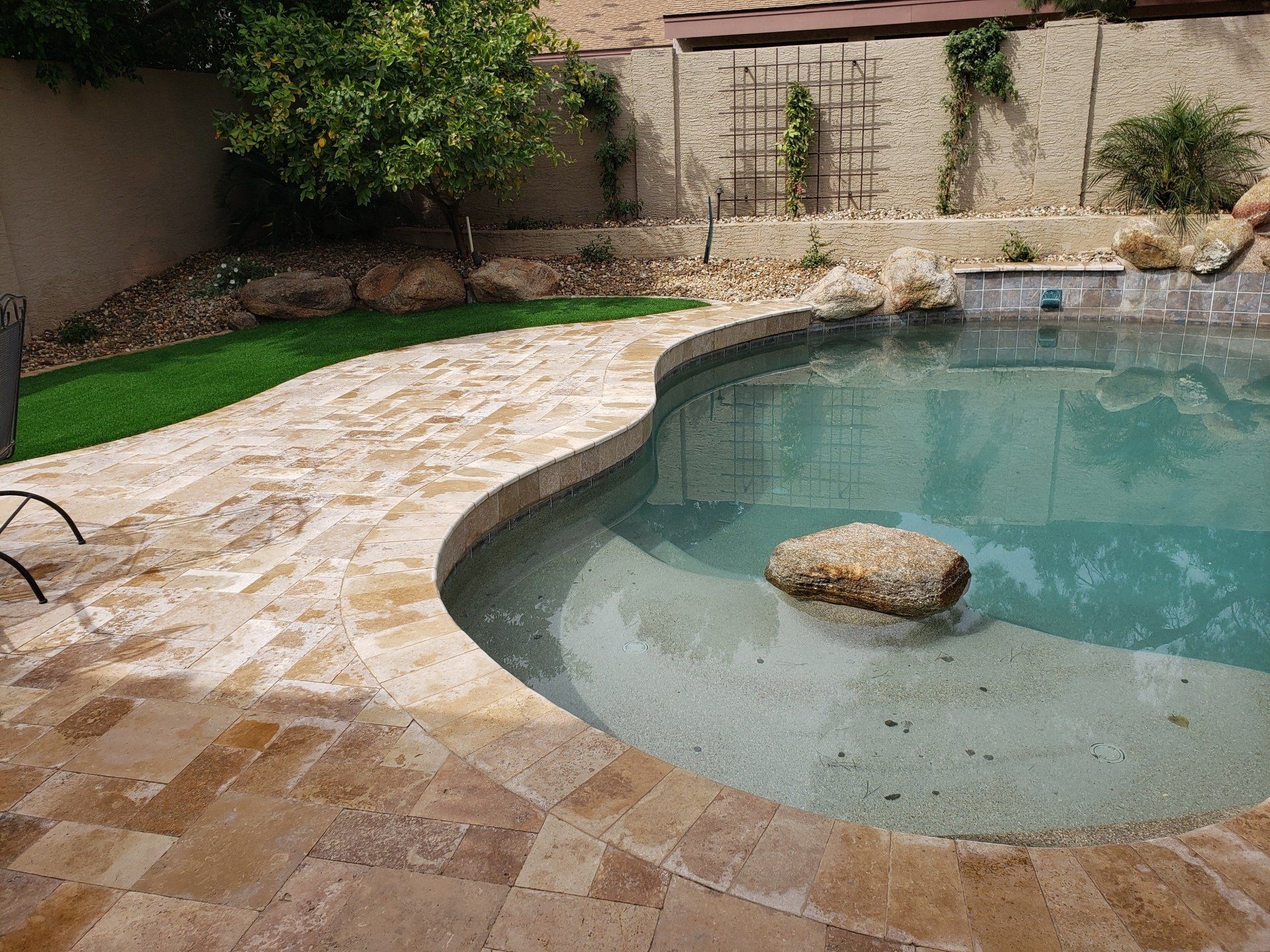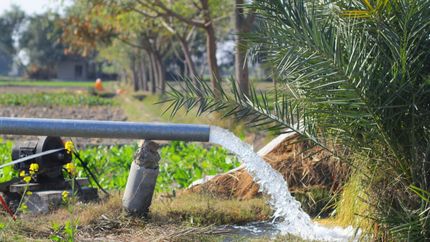
Tips for Choosing Plants that Thrive in Your Area
Introduction
Choosing the right plants for your garden is crucial to creating a vibrant and sustainable landscape. With so many varieties available, how do you know which ones will thrive in your area? This extensive guide, "Tips for Choosing Plants that Thrive in Your Area," will help you navigate through the myriad of options, ensuring you select plants that not only look great but also flourish in your local climate. Whether you're a seasoned gardener or just starting, these tips will arm you with the knowledge needed to make informed decisions about your gardening choices.
Understanding Your Local Climate
Climate Zones: What You Need to Know
Before diving into plant selection, it’s essential to familiarize yourself with your local climate zone. The USDA Plant Hardiness Zone Map divides North America into 13 zones based on average annual minimum winter temperatures. Knowing your zone can help you choose plants that can survive and thrive in those conditions.
Microclimates: The Hidden Factors
Did you know that even within a single hardiness zone, microclimates can impact plant health? Factors such as elevation, sun exposure, wind patterns, and proximity to water bodies create unique growing conditions.
Identifying Your Microclimate
- Sunny spots: Great for heat-loving plants.
- Shaded areas: Ideal for shade-tolerant species.
- Windy corners: Look for sturdier plants or use windbreaks.
Soil Quality and Composition
Testing Soil pH Levels
Soil quality plays a significant role in plant health. Testing your soil's pH helps determine what types of plants will thrive. Most garden plants prefer a pH between 6.0 and 7.5.
How to Test Soil pH?
Improving Soil Drainage
Good drainage is vital for healthy root systems. If water tends to pool in your garden after rain, consider combining organic matter like compost or peat moss into the soil.
Choosing Native Plants vs. Exotic Species
Benefits of Native Plants
Native species are well-adapted to local climates and typically require less maintenance once established. They support local wildlife, including beneficial pollinators like bees and butterflies.
The Case for Exotic Species
While native plants have numerous benefits, some exotic species can add unique aesthetics to your garden when selected wisely. Always ensure they are non-invasive and won't disrupt local ecosystems.
Assessing Sunlight Exposure
Full Sun vs. Partial Shade Plants
Understanding sunlight exposure is critical when choosing plants. Full sun typically means at least six hours of direct sunlight daily, while partial shade requires about three to six hours.
Determining Sunlight Areas in Your Garden
- Observe your yard throughout the day.
- Note areas of intense light versus shaded spots.
- Use this information as a guide when selecting plants.
Watering Needs and Drought Resistance
Low-Water Plants: A Sustainable Choice
With growing concerns over water conservation, selecting drought-resistant plants is increasingly important. These choices not only save water but also reduce maintenance efforts.
Examples of Drought-Tolerant Plants
- Lavender
- Sedum
- Agave
Understanding Watering Requirements
Consider how often you can commit to watering your garden before making selections; this will help narrow down suitable options based on their water needs.

Planning Your Garden Layout
Creating Zones Based on Plant Needs
Designing distinct zones within your garden can simplify care routines—grouping together plants with similar water and sunlight requirements helps streamline maintenance.
Sample Layout Plan
Incorporating Seasonal Interest
Year-Round Appeal with Perennials and Annuals
A mix of perennials (return each year) and annuals (last one season) creates visual interest throughout the year while allowing flexibility in seasonal displays.
Suggestions for Seasonal Bloomers
- Spring: Tulips & daffodils
- Summer: Coneflowers & daylilies
- Fall: Mums & asters
Pest Management Strategies
Integrated Pest Management (IPM)
Implementing an IPM approach minimizes reliance on chemicals while protecting beneficial insects that contribute positively to your garden ecosystem.
Basic IPM Techniques
Consulting with Landscaping Professionals
Why Hire Landscapers Near Me?
If you're feeling overwhelmed by plant choices or design considerations, hiring professionals like Blossom & Oak Landscaping can provide invaluable expertise tailored to your local conditions.

Benefits of Professional Help:
- Tailored plant recommendations
- Design expertise
- Ongoing maintenance options
FAQs About Choosing Plants
1. What are the best low-maintenance plants for beginners?
Low-maintenance options include succulents, ornamental grasses, and native wildflowers—all ideally suited for novice gardeners looking for easy care solutions.
2. How often should I water my new plants?
Newly planted items generally require more frequent watering—typically every few days—until they establish strong root systems; then adjust based on individual plant needs.
3. Can I use potting soil in my garden beds?
Potting soil is designed specifically for container growth—it may retain too much moisture for outdoor beds; instead opt for well-draining garden soil enriched with organic matter.
4. What should I do if my soil is too acidic?
If testing reveals high acidity levels (below 6), consider adding lime to raise pH levels gradually—this will make it more hospitable for most vegetable crops and flowering perennials.
5. Are there any recommended resources for learning more about gardening?
Absolutely! Books from local horticultural societies or online courses offered by universities provide excellent insights into regional gardening practices tailored specifically toward your area’s conditions.
6. How do I know if a plant is invasive?
Research specific plant species prior to planting; check local extension services or reputable gardening websites—they often maintain lists of invasive species pertinent to various regions!
Conclusion
In conclusion, selecting the right plants involves understanding various factors—from climate zones and microclimates to soil quality and pest management strategies—ensuring a flourishing landscape tailored just right for you! By following these Tips for Choosing Plants that Thrive in Your Area, you'll be well-equipped to create an enchanting outdoor space that reflects both beauty and sustainability.

Whether you're considering hiring professionals like Blossom & Oak Landscaping or venturing out on your own journey towards becoming an adept gardener—the key lies in knowledge acquisition combined with practical application! Happy planting!